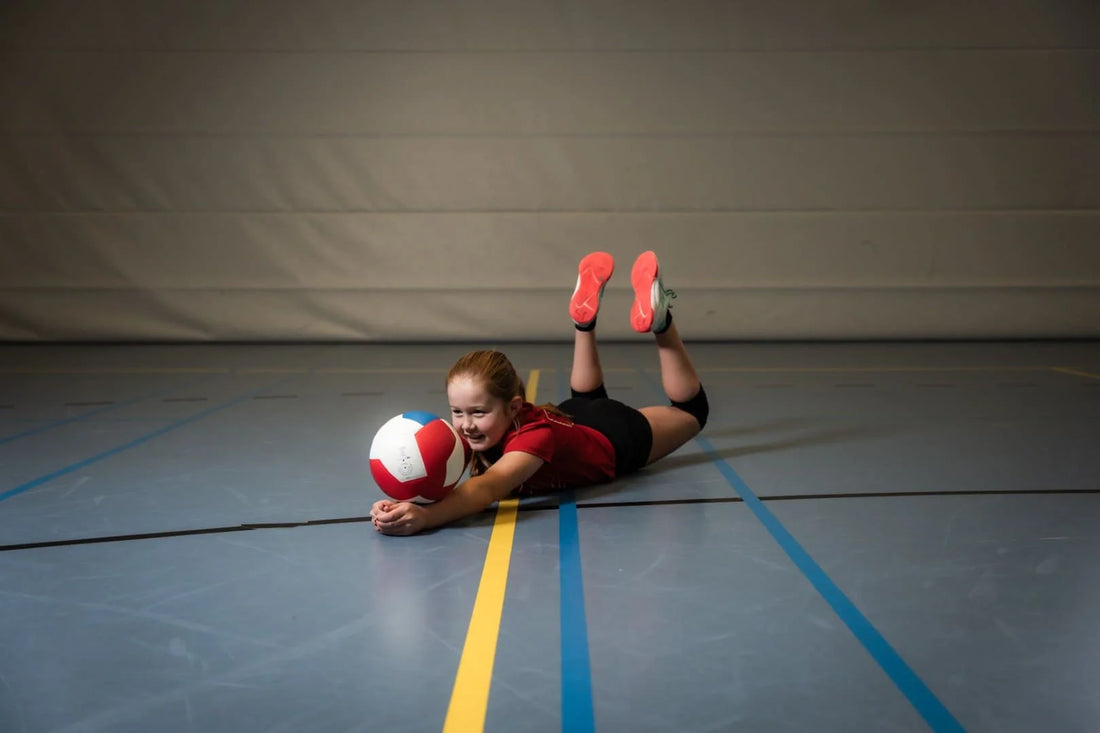
Home Training: The Perfect Volleyball Ally
Share
Volleyball is a sport that requires agility, explosive strength, coordination, reaction speed, and good overall physical fitness. However, not all training needs to be done indoors. Training at home is a powerful tool for improving performance, preventing injuries, and maintaining consistency—even outside the competitive season or on days without team training.

In this article, we explain how home training can be your greatest ally as an athlete or volleyball enthusiast.
🏐 Volleyball: what does it demand from your body?
Volleyball involves rapid movements, changes of direction, constant jumping, and explosive actions. To keep up with these demands, it's essential to work on:
- Lower limb strength (jumping, lateral movements)
- Core stability (body control, landings and diving)
- Upper body power (attacks, blocks and serves)
- Joint mobility (shoulders, hips, ankles)
- Coordination and balance
All of these aspects can (and should) be trained at home in a structured way, adapted to your level.
✅ Benefits of home training for volleyball athletes
- More useful training time , without depending on pavilion schedules
- Injury prevention through muscle strengthening and mobility
- Maintaining fitness during breaks or vacations
- Focus on the individual development of specific capabilities
- Practicality — all you need is a free space, a mattress or rug, and motivation.
🏋️♀️ Example of functional training for volleyball (25 minutes)
🔁 3 rounds | ⏱️ 40 seconds work / 20 seconds rest
- Squat with vertical jump (works on impulse)
- Mountain climbers (endurance and core)
- Plank with alternating shoulder touches (trunk stability)
- Side lunges (strength and mobility)
- Superman with extended arms (lumbar and scapular strengthening)
- Controlled Burpees (General Fitness)
- Dynamic stretches (shoulder and hip mobility)
📌 Finally, dedicate 5 to 10 minutes to static stretching, focusing on your shoulders, back, and legs.
🏠 Home Workout: Useful for Athletes, Coaches, and Parents
If you're an athlete, you can stay active between games and training.
If you're a coach, you can recommend home workouts for days off, holidays, or break periods.
If you're a parent, you can encourage your children to stay active with short, safe workouts in a family environment.
💡 Important tip
Always adapt your exercises to your level and season. During competitive periods, your home workouts can be lighter (focusing on mobility and recovery). Off-season, you can work more intensely on strength and endurance.
🔗 Related articles you might like :
- Progressive resistance training
- Recipe: Overnight Protein for Athletes
- Stretching exercises: Fascia lata
🎯 Conclusion
Home training is an essential tool for any volleyball player. Consistency off the court is often what separates a good athlete from a great one. Whether it's to strengthen your physique, gain confidence, or speed up recovery, home training can be the key to your success.
Home Training® — because volleyball can also be played outside the gym.


